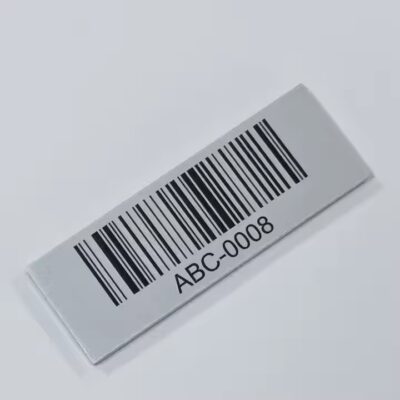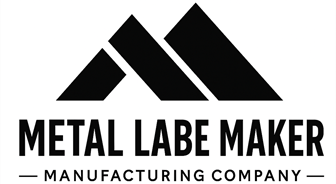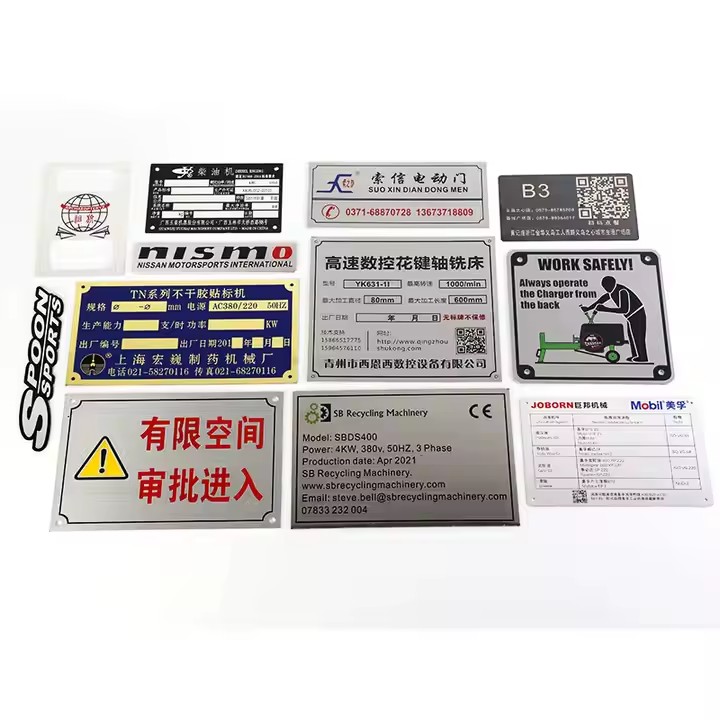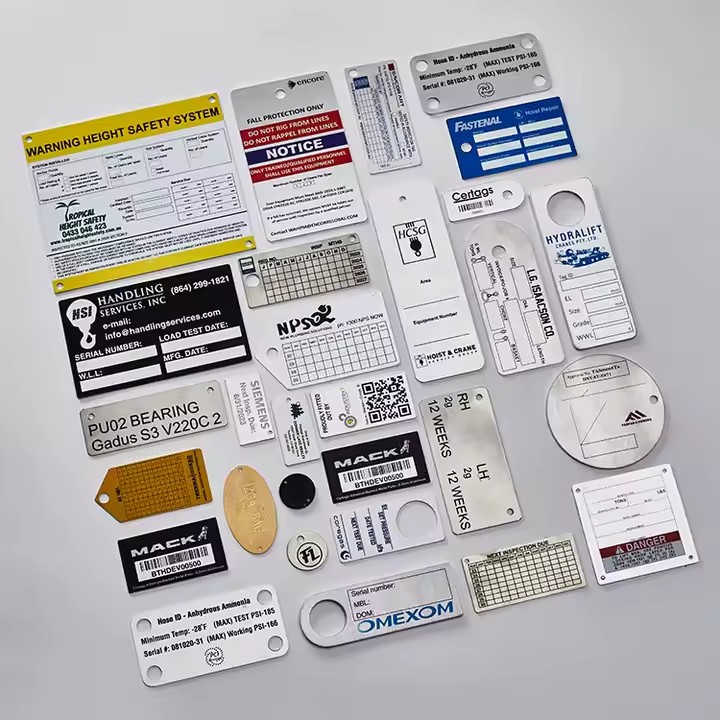Aluminum Labels vs. Other Metal Labels: A Comparative Guide
When it comes to selecting metal labels for your products or equipment, aluminum labels are often a popular choice. However, other metal options like stainless steel, brass, and copper are also widely used. Understanding the differences between these metals can help you make the best decision based on your specific requirements.
1. Material Properties
-
Aluminum Labels
Lightweight, corrosion-resistant, and highly versatile, aluminum labels offer excellent durability, especially when anodized. Aluminum naturally forms a protective oxide layer, making it resistant to rust and suitable for both indoor and outdoor use. -
Stainless Steel Labels
Known for their superior strength and corrosion resistance, stainless steel labels are heavier and more rigid than aluminum. They withstand extreme temperatures and harsh chemical environments, making them ideal for heavy-duty industrial applications. -
Brass Labels
Brass labels have a distinctive golden appearance and good corrosion resistance. They are often used for decorative purposes or applications requiring an antique or premium look. Brass is heavier than aluminum and less resistant to extreme corrosion. -
Copper Labels
Copper offers excellent electrical conductivity and an attractive reddish hue. Copper labels are usually chosen for specialized decorative or electrical applications but require protective coatings to prevent tarnishing.
2. Durability and Environmental Resistance
-
Aluminum performs well in moderate to harsh environments, resisting rust and UV damage. It is ideal for applications exposed to weather but not extreme chemicals.
-
Stainless Steel is the most durable option, suitable for highly corrosive, high-temperature, or industrial environments where maximum strength is needed.
-
Brass offers moderate durability but may tarnish over time if not properly coated, especially in outdoor or humid conditions.
-
Copper is prone to oxidation and patina formation, which can be desirable for some aesthetics but may not be suitable for all labeling needs.
3. Weight and Handling
-
Aluminum is significantly lighter than stainless steel, brass, and copper, making it easier to install on lightweight products or surfaces sensitive to weight.
-
Stainless steel, brass, and copper are heavier and may require more robust mounting solutions.
4. Cost Considerations
-
Aluminum labels are generally more cost-effective, especially for large production runs.
-
Stainless steel labels tend to be more expensive due to raw material and manufacturing costs.
-
Brass and copper labels can be costly, particularly when customized or finished for decorative effects.
5. Aesthetic and Customization Options
-
Aluminum labels offer a wide range of finishing options such as anodizing, powder coating, and laser etching.
-
Stainless steel labels can be brushed, polished, or plated for a sleek industrial look.
-
Brass and copper labels are prized for their unique metallic colors and can be engraved or etched to highlight fine details.
Conclusion
Choosing the right metal label depends largely on your application requirements, budget, and desired aesthetics. Aluminum labels provide a versatile, lightweight, and cost-effective solution for many industries. However, if your project demands extreme durability or a premium metallic finish, stainless steel, brass, or copper labels may be better suited. Understanding these differences ensures you select the best label material for your products and brand.







